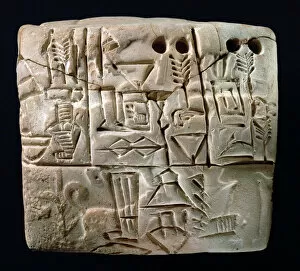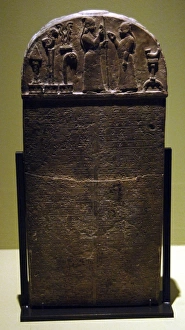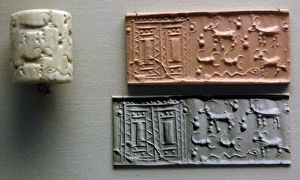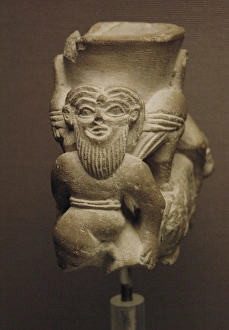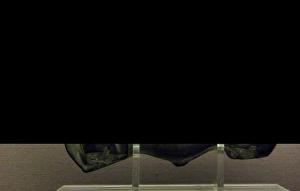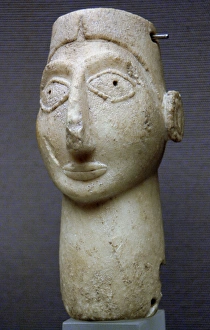Uruk Collection
Uruk, an ancient city in Mesopotamia, holds a rich history that captivates archaeologists and historians alike
All Professionally Made to Order for Quick Shipping
Uruk, an ancient city in Mesopotamia, holds a rich history that captivates archaeologists and historians alike. Known as the legendary birthplace of Gilgamesh, Uruk's significance cannot be overstated. The Layard Relief provides a glimpse into the grandeur of this once-thriving civilization. The Kudurru stele of King Marduk-zakir-shumi further showcases Uruk's prominence during the 9th century BC. Crafted from white calcite, it stands as a testament to the artistic prowess of its people. Cylinder seals found in Uruk shed light on the intricate administrative systems prevalent in Mesopotamia. These seals were used to authenticate documents and transactions, revealing a highly organized society. Mesopotamian stone cult vessels discovered in Uruk offer insight into religious practices during this era. These vessels served as conduits between humans and deities, emphasizing their spiritual beliefs. Early Pictographic cuneiform tablets unearthed from Uruk provide valuable information about early writing systems. Dating back to 3100-2900 BC, these clay tablets showcase one of humanity's earliest attempts at written communication. Another fascinating discovery is a cuneiform tablet documenting barley distribution around 3000 BC. This artifact sheds light on economic activities and agricultural practices prevalent in Uruk at that time. The Middle Uruk eye idol carved from gypsum alabaster is an intriguing artifact with symbolic significance still debated by scholars today. Its purpose remains enigmatic but highlights the artistic achievements of this period. Statuettes depicting bearded men believed to represent priest-kings are yet another remarkable find from fourth millennium BC Uruk. These figurines hint at societal hierarchy and religious rituals practiced within this ancient city-state. Sumerian Libation Vases discovered in Warka (Uruk) depict scenes featuring hero Gilgamesh alongside bulls and birds—a testament to the epic tales that originated from this region.






